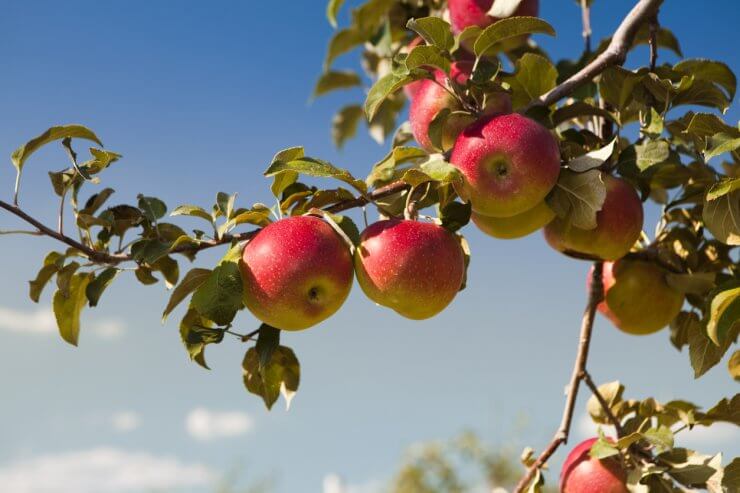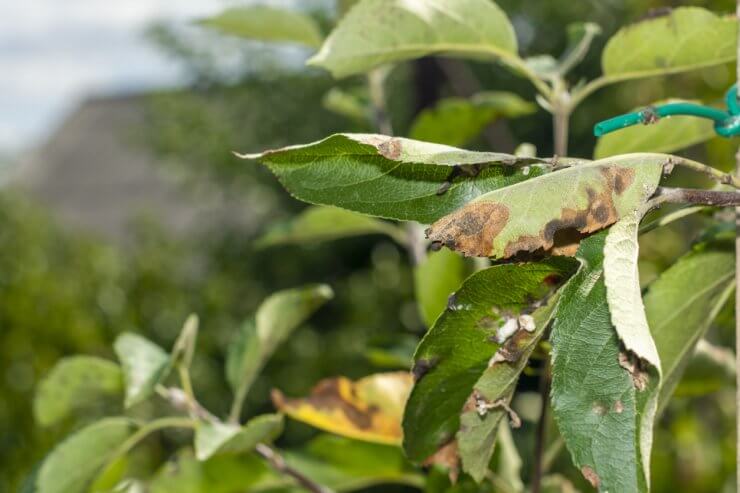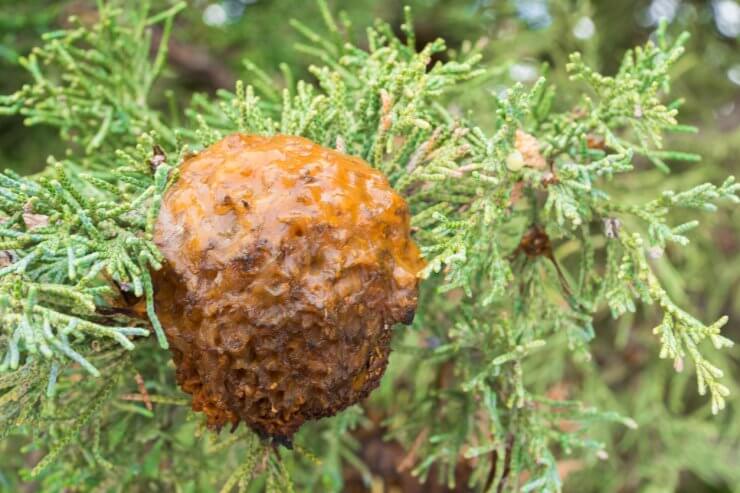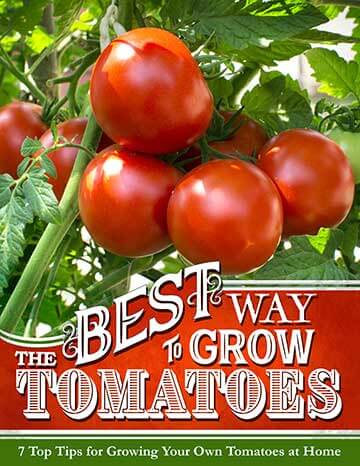
It’s a beautiful, early-fall day. You got ambitious a couple of years ago, and you now have three gorgeous apple trees around your garden. As you get closer, though, you notice something that had escaped you before: the tell-tale signs of cedar-apple rust!
You have visions of all those delicious, juicy apples going to waste. All your plans for apple cider, caramel apples, and apple pie are fading before your very eyes. That heirloom apple tree is looking at you with a pleading posture that says, “help me.” You turn away.
The ax is in the shed, not 20 feet away. The fire pit, just beyond. Things are grim. Then, just as you think it’s time to say goodbye to any hopes of enjoying those crisp, juicy apples, you remember something you read about cedar-apple rust.
Discover 7 top tips for growing, harvesting, and enjoying tomatoes from your home garden—when you access the FREE guide The Best Way to Grow Tomatoes, right now!

What is cedar-apple rust, and what is it doing to my trees?

If you see small, light yellow spots on upper leaf surfaces that turn orange with black specks and orange gel-like galls on cedar/juniper trees in spring, you have Cedar Apple Rust.
Apple Cedar Rust is a fungus that spreads from cedar and juniper trees. You’ll also notice that fungal spikes develop on the underside of leaves. This fungus spreads to apple trees from cedar/juniper trees in the spring, and in fact, you may see its presence on your cedar/juniper trees first. Spores transfer back to cedar/juniper trees in dry weather, where they overwinter in the tree galls. Infection requires the presence of both apple trees and cedar/juniper trees for infection to spread.
Cedar-apple rust is a fungus that interestingly needs two hosts in order to survive. This fungus spends the first two years of its life on cedar trees, where it forms galls. These galls then produce long tendrils known as telial horns. These gelatinous horns discharge spores which can easily travel more than a mile on the wind. These spores then infect any apple and crabapple trees they land on.
The best way to prevent it is to remove any cedar/juniper trees nearby, but since that’s not always possible, there are other ways.
First, let’s get more specific with identification. You may notice small yellow lesions on the upper surface of the leaves. Next, the underside of the leaves can develop raised orange “tubes” directly below the leaf spots. These will release more fungal spores and turn black. If these spores land on cedar trees, the cycle starts over.
Believe it or not, there’s quite a bit of good news to be had. First of all, even if you do have an infected apple tree, because of the life cycle of the fungus, that infected tree can’t pass the disease on to your other apple trees. (Although if there are spores from cedar trees in the air, they may very well land on more than one apple tree.)
The other good news is that, as gross as it looks, cedar-apple rust is mostly just a cosmetic disease. The University of Minnesota extension program points out that these fungi “rarely cause serious damage to their hosts.” The Missouri Botanical Garden agrees, suggesting one way to deal with cedar-apple rust is to co-exist with it.
To be pro-active, use a fungicide with the active ingredient Myclobutanil. You’ll want to do this before you see the fungus. Also, monitor your nearby cedar trees for the fungus.
Alternatively, you can prune your apple tree as soon as you notice the fungus. Be sure to sanitize your pruning shears between each cut.
Lastly, if you plan to plant more apple trees, you can look for varieties resistant to cedar-apple rust. Liberty, McIntosh, Empire, Jonagold, and William’s Pride are just some of the resistant varieties.
So how about them apples?
If you want to go really in-depth and find out more about apples, check out the Audacious Apples Collection. Discover the origins of apples, find out about growing several common varieties, and get some delicious apple-centric recipes like homemade Baked Apple Chips!





I planted my apple trees really near a cedar hedge. Would removing the galls help prevent the spread? Or do the spores travel large distances from neighbouring gardens. (Neighbours are not very close)
Prune as needed and try preventive treatment with a fungicide.
How to Eliminate Cedar-Apple Rust and Save Your Harvest
Sorry, but this article does not have anything at all helpful about how to eliminate cedar-apple rust.
As mentioned, outside of cutting down all the cedar and juniper in your area, it’s impossible to eliminate entirely. However, you can prune it off as soon as you see the fungus, plant varieties that are more resistant to it, and also pre-treat with a fungicide with the active ingredient Myclobutanil before your trees get infected.